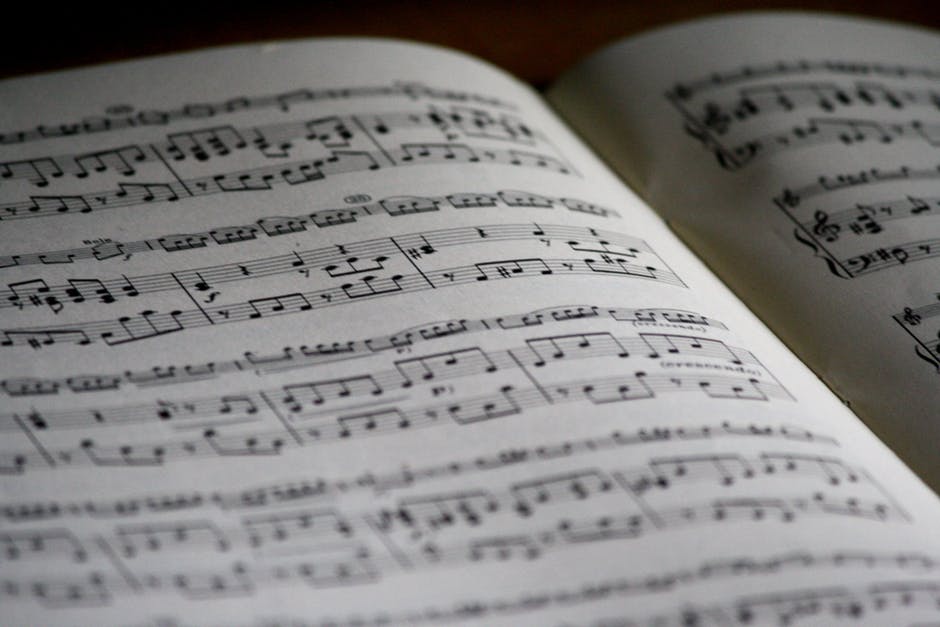Step-By-Step Instructions on How to Read Sheet Music
aaamusic | On 21, Aug 2019

Remember when we were kids, you were often asked what you wanted to do when you grew up? For many of us, the answer changed every time we asked.
For instance, a good portion of us probably toyed with being a musician at one time or another. Unfortunately, that turned out to be a little more difficult than we imagined.
One of the most confusing parts about music is how it’s written. How are you supposed to read it? More importantly, how do all those lines and circles on the paper translate into sound?
The good news is that we’re here to help. We’ll tell you more about how to read sheet music in the paragraphs below.
1. Staff
The first thing to understand about how to read sheet music is the staff. the staff is the name for those four horizontal lines on which all the notes are written.
The staff is interesting because both the lines and the spaces between them are used to represent notes. The staff can even be extended with additional lines and spaces to accommodate particularly low or high notes.
The notes are written in ascending order, with pitch increasing the further up the notes are on the staff.
The pitch is also going to be affected by what instrument is being played. You can see examples of that at jamesguthrie.com
2. Notes
An interesting thing about music is that notes that fall on lines are referred to differently than notes that fall on spaces. As notes on lines ascend upward, they are labeled EGBDF. The notes on spaces are labeled FACE, going upwards.
The current system of written music is called solfege and was invented in 1000 CE by Guido D’Arezzo.
3. Note Types
Music has several different types and speeds of notes. They range from a double whole note to a sixty-fourth note.
Each one is indicated by its own symbol. The double whole note is known as a breve, and is often drawn as an empty circle, similar to the letter O, with two lines on either side.
Meanwhile, a whole note is written as just the empty circle. The next biggest note is a half note, written as a whole note with a staff attached vertically on the right side.
Then, there is a quarter note, which looks like a half note, except that the ‘O’ is fully blackened in. The next measure is an eighth note. It is written as a quarter note with a horizontal line, often called a flag, extending from the top right.
For each note after that, the count is doubled–8th, 16th, 32nd, etc.–and an extra flag is added to the side.
How to Read Sheet Music: The Basics
We’ve gone over the simpler aspects of how to read sheet music, but there’s a lot more out there. We encourage you to do more research if you’re interested. Of course, if you’re learning to play an instrument, a lot of this should become clearer as time goes by.
If you want more info on music and the music industry, please visit our site.

